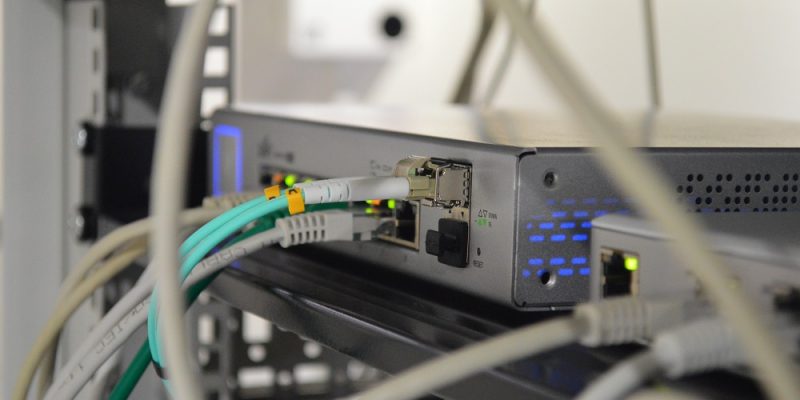 Holiday gifts getting smarter, but creepier when it comes to privacy and security
Holiday gifts getting smarter, but creepier when it comes to privacy and security
A Hamilton Beach Smart Coffee Maker that could eavesdrop, an Amazon Halo fitness tracker that measures the tone of your voice, and a robot-building kit that puts your kid’s privacy at risk are among the 37 creepiest holiday gifts of 2020 according to Mozilla. Researchers reviewed 136 popular connected gifts available for purchase in the…







